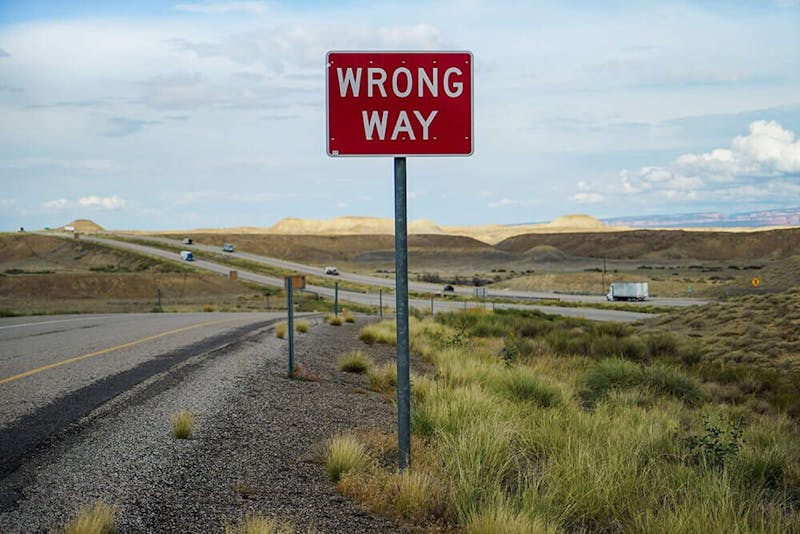
All across the country, the number of wrong-way accidents is steadily increasing. It’s estimated that an average of 300 to 400 people in the United States are killed each year in wrong-way crashes, which represent approximately one percent of all fatal traffic accidents.
Wrong-way collisions are typically severe and result in fatal injuries because it’s more likely for vehicles to collide head-on when one car is traveling in the wrong direction. When a crash like this happens at high speeds, the consequences are almost always catastrophic. Opposite-direction sideswipes are also a possibility, which can result in either driver losing control of their vehicle and involving other cars in a multi-car pileup.
In 2018 alone, 25 wrong-way crashes occurred on state freeways in Arkansas. That number is nearly double what occurred in 2017. It was also the highest since the Arkansas Department of Transportation began tracking them in 2009.
Since 2015, nearly 30 people have died on Arkansas highways as a result of wrong-way collisions. The majority of those accidents occurred at night and nearly half were the result of drug or alcohol impairment. Because of that, the Northwest Arkansas Democrat Gazette says Arkansas is looking to test a new system to prevent wrong-way accidents. While previous systems have not delivered results, those at the Arizona Department of Transportation are dedicated to preventing accidents and saving lives.
Finding Ways To Lower the Number of Wrong-Way Crashes in Arkansas
In an effort to reduce the number of wrong-way crashes in Arkansas, a $3 million upgrade was completed in March 2018 to upgrade markings and signs at all interstate exit ramps to deter drivers from going the wrong way. Unfortunately, those upgrades had no effect on the number of wrecks.
That is why Arkansas is looking to test a new system to prevent wrong-way accidents. They’re basing the system off the successful one currently implemented in Arizona. Since Arizona’s wrong-way driver detection first became fully operational in early 2018, over 90 wrong-way drivers have been detected.
In one situation, a thermal camera on Interstate 17 in Phoenix detected a driver entering the freeway incorrectly. State troopers who were alerted began tracking the driver with cameras and radioed the location to officers nearby. Within five minutes of the alert, troopers radioed local police and within six minutes the driver was spotted. After seven minutes, spike strips were deployed and the driver was taken into custody six miles after entering the freeway. They were charged with driving under the influence of alcohol.
In addition to the response time, Arizona’s system has been so effective because of the internally illuminated signs that flash to get the attention of wrong-way drivers.
Before implementing a new system, the Arkansas Department of Transportation plans to conduct a study to identify potential contributing factors to these crashes and effective countermeasures. The plan is to find a system that can be quickly implemented in a cost-effective manner.
The study could be spearheaded by a university and it’s expected to take two years. A maximum of $250,000 in federal research money is available to fund the project.
While there’s hope the new system that’s eventually implemented will reduce the number of wrong-way wrecks, there’s no way to prevent them entirely when negligent drivers are behind the wheel. If you’ve been injured in a crash that wasn’t your fault, you have the right to take legal action to seek compensation for your losses. To learn more, schedule a meeting with McMath Woods P.A. today.

